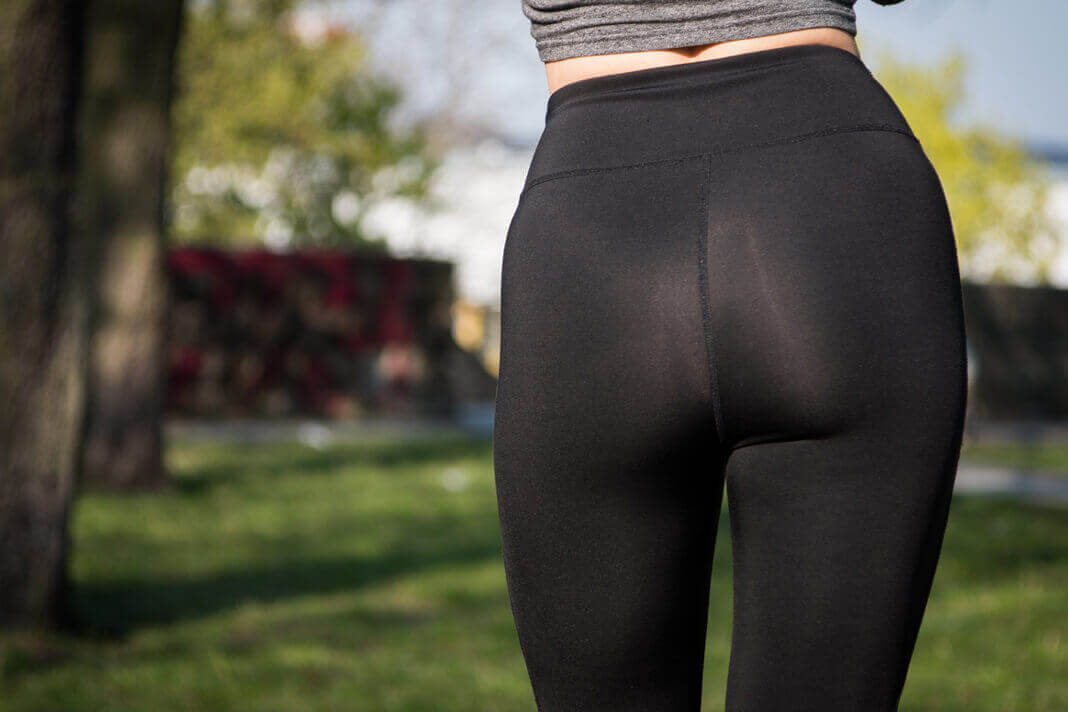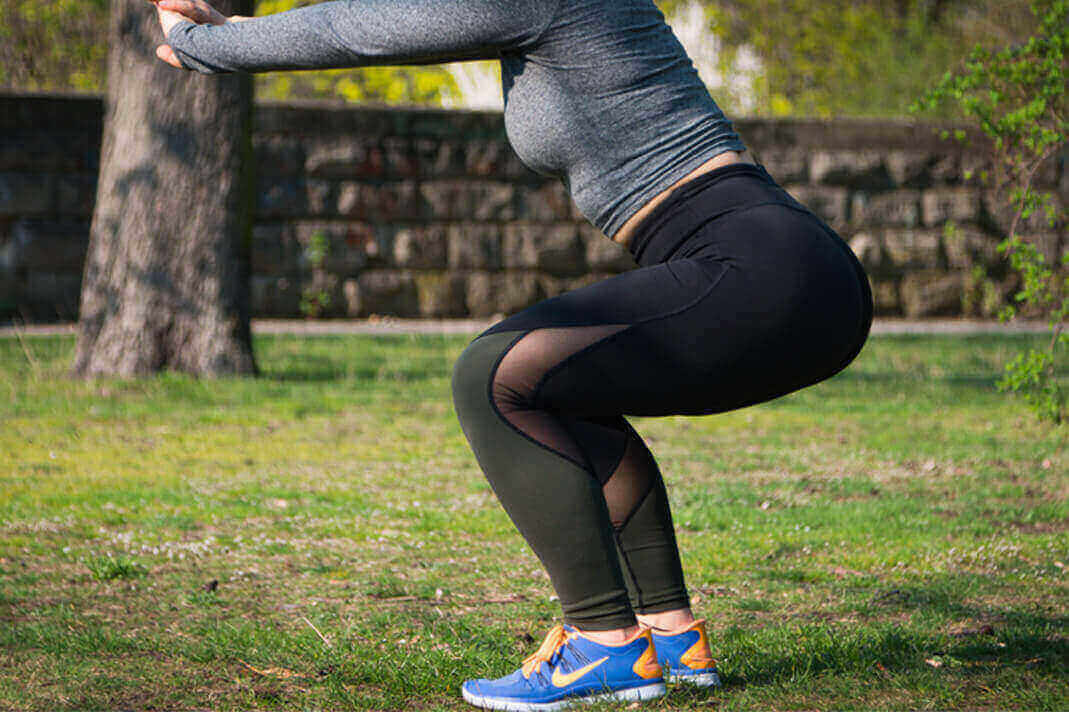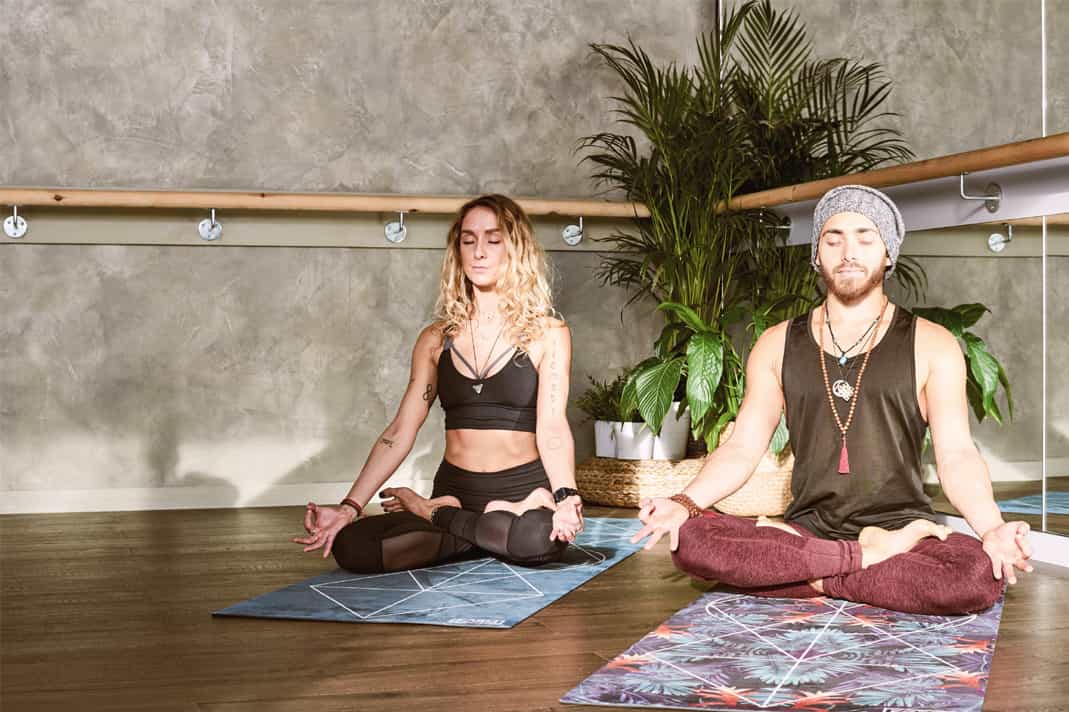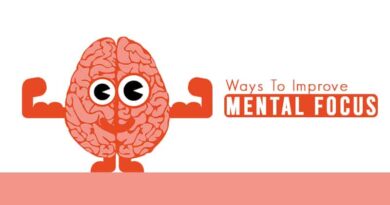The Best Benefits Yoga for Stress Management
When you become aware of a threat, the sympathetic nervous system takes over and kicks into a flight or fight response. The muscles become tense, the heartbeat becomes rapid, breathing becomes fast and the blood flows away from the internal organs towards the muscles of the upper and lower limbs. Stress becomes so sharper that it prepares the body to either “fight” or “flee danger.” Find How Yoga for Stress Management helpfull.
Stress response keeps the body alert and is the way of protecting us by responding quickly to dangerous situations.
But in small dose stress can help us in performing under pressure and motivate us to do the best.
Stress is the body’s reaction to react physically, mentally and emotionally in various conditions. It is a dynamic process of interaction between a person and his life. It can affect an individual’s health, work performance and relationship with friends and family members. Job stress may also lead to poor health and thus we can say that stress is a silent killer and prolonged exposure of it can cause harmful effects on psychological, physical and behavioral aspects.
Table of Contents
Negative effects of stress:
Effects on the body:
- Fatigue
- Muscle pain
- Headache
- Diabetes
- Ulcers
- Weak immunity
- Heart-related problems
- High BP
Effects on the mood:
- Restlessness
- Anxiety
- Lack of concentration power
- Anger
- Depression
How yoga relieves stress?
Today life is stressful especially for the children as they have a busy schedule like studying late-night hours for tests, waking up early for school, sports practice, etc. All these situations have to be properly managed.
There can be emotional stress too due to breaking up with a friend, taking an important decision, regretting a disagreement with the parents and so on. All these can make you feel stressed.
Yoga is rapidly emerging in the modern world for integrating the mind and body. It improves mental, physical, intellectual and spiritual health. This is the most Effective Method to Manage stress, depression, and anxiety. It is a form of mind-body exercise that is increasing rapidly to maintain wellness and alleviate the range of ailments.
Yoga practice was originated in India as a part of Ayurveda and has been implemented to alleviate both physical as well as mental ailments which include chronic pain, bronchitis, menopause etc. This is mainly designed to bring a balance between the physical, mental, emotional and spiritual dimensions.
[Read: Health benefits of swimming]
It comprises of 8 limbs or aspects:
- Yama (Universal ethics)
- Niyama (Individual ethics)
- Asana (Physical postures)
- Pranayama (Breathing control)
- Pratyahara (Senses control)
- Dharana (Concentration)
- Dhyana (Meditation)
- Samadhi (Bliss)
Benefits of Yoga for Stress Management
Several research evidence has shown that various yoga techniques can improve the physical as well as mental health and alleviates stress through the regulation of the hypothalamic-pituitary-adrenal axis. It also significantly decreases the heart rate and systolic as well as diastolic blood pressure. It reverses the impact of stress(1) on the immune system by increasing the level of immunoglobulin A.
Read: Tips for Depression
Effect of yoga on positive health:
Yoga has recently been found beneficial to reduce blood glucose levels in individuals who are suffering from diabetes and other chronic health conditions. It is very effective in relieving symptoms related to mental illness which includes anxiety, depression, schizophrenia, obsessive-compulsive disorder, etc.
Many studies have compared the effects of yoga and exercise which indicate that in both a healthy and diseased population, yoga is effective than the other exercises in improving the variety of health-related conditions which include blood glucose, blood lipids, oxidative stress, etc. It also improves the condition of fatigue, sleep, and pain in a healthy and ill population
There are several poses or Asanas in yoga that have an effect on the stress which means that there are various ways that can minimize the stress through yoga. Yoga lifts up the mood, increases mindfulness and acts as an effective stress reliever. Positive health with Yoga for Stress Management.
[Read: Yoga Poses for Bigger Buttocks]
Various poses that have the super ability to help us to reduce stress and tension. Check out these poses:
1. Standing forward (Uttanasana):
Uttanasana helps the busy mind to balance the nervous system and promotes the feeling of peace. It also helps to balance the sacral chakra which when over-stimulated contributes to the fluctuation in the emotions
Steps:
- Stand in tadasana, exhale and bend forward but your knees should be straight and try to hold your ankles, maintain the same pose for 1 min and then repeat this procedure for 10times.
- Shift your body weight onto the balls of the feet and feel the bones that are lifted up towards the ceiling.
- Take hold of the elbow with the opposite hand and hold the breath for a few seconds or longer if you feel comfortable. If you are suffering from low blood pressure, take time for coming out of this pose.
Contraindicated: It is contraindicated in back pain, high blood pressure and glaucoma, Try Yoga for Stress Management
2. Thunderbolt pose (Vajrasana):
Thunderbolt pose has an incredibly calming effect on the body and the mind and It will help to reduce the stress and tension.
Steps:
- Kneel down and stretches your lower legs backward and keep them together. Your toes should cross each other.
- Sit over the heels and keep your buttocks in a resting position. Keep your head facing forward and hands on the knees.
- Focus on the breath and feel the inhalation and exhalation.
- Stay in this posture for 5 to 10 minutes in the initial days and increase it gradually up to 20 to 30 minutes. Practice Yoga for stress relief.
3. Child’s pose (Balasana):
Steps:
- From the knees and hands touch the toes together and sit on the heels and put your hands out in front of you. Toes should touch the knees together or separate the knees wider than the hips.
- If you are unable to touch the heels then you can also place a cushion in between so that you can feel relax.
- Stay in this posture for at least 10 breaths or as much as you can with every exhale. This is how to use Yoga for Stress Management








